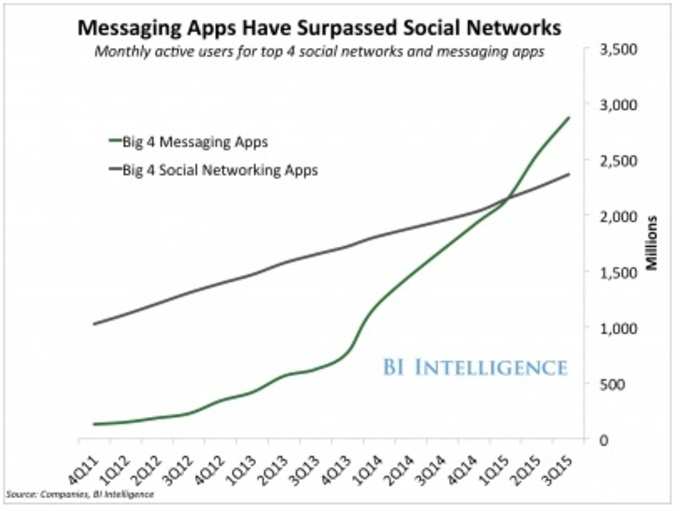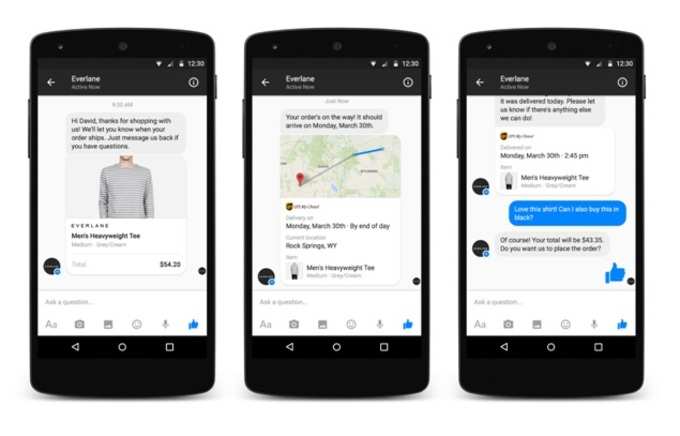 Social commerce has been a buzzword right from the time
Social commerce has been a buzzword right from the time It’s also easy to see why
Social commerce allows consumers to purchase with confidence.

(Image sources: curalate.com / channeladvisor.com)
The fact that
Why Social works so well for Retailers
Retailers need to constantly broadcast and advertise their products to their audience. However, in an over-saturated, highly competitive space, it turns out to be an extremely difficult and an equally expensive proposition. As users on social channels engage, share and sell, brands aim to turn this engagement into revenue. And driving higher engagement can be achieved effectively through social commerce.

Social commerce platform, Wooplr, makes use of user generated content and curation along with social elements to drive sales for brands
Having built a social commerce platform myself, I can positively say that there are limited alternatives that solve problems around discovery so effectively. Also, influencer-driven and word-of-mouth acquisitions have higher retention rates and repeat purchase frequency compared to other channels.
The Promise of Social Commerce:
Showing the right product, to the right user, at the right time during the discovery process.
Personalisation and curation make this possible.
The wealth of data built on top of the user’s social graph, which includes purchase history, demographic information, and activity of users, is aggregated by social commerce companies and the resulting data is used to target consumers with a tailored feed of products matching their tastes.
It’s very likely that social commerce companies know as much about their customers’ interests and activities as Facebook or
As the market continues to grow, the intelligence made available is enabling conversational commerce.
The Potential of Conversational Commerce
Mobile messaging applications are more popular and overtook social networks in terms of monthly active users in 2015.

The popularity of chat platforms over the years meant their utility have gone beyond messaging.
For the next set of internet users coming online, the mobile is likely to be the first screen as most of them will be coming from the developing nations. For these users, chat platforms are likely to feature lower in the pyramid, below social networks and emails as messengers are more familiar and intuitive. Therefore, it makes sense for messaging companies to focus on enabling payments and commerce within the chat interface.
WeChat, is already doing it at scale in China (see image below).

(Image source: Achang.com)
The Promise of Conversational Commerce
The next generation of internet users and consumers, expect to purchase products and services at all times and in the most convenient way.
Despite the growth of e-commerce, 92% of retail sales still happen offline.
It is quite clear that two-sided conversations help sell better as it is more personal.
Conversational Commerce brings this aspect online, thus increasing the potential for higher conversions. It helps people discover products, identify alternatives, compare and evaluate those choices and finally decide to purchase. As chatbots become better in understanding semantics (given the advances in Natural Language Processing), the experience will become nearly indistinguishable from salesmen interactions.
Google Allo and

(Image Source: Wordpress.com)
The Road Ahead
Conversational interfaces are going to become more ubiquitous. It’s important that existing applications adapt to these new trends.
More importantly, the promise of social commerce will be fulfilled to a great extent by conversational commerce.
(Main Image: Flickr)